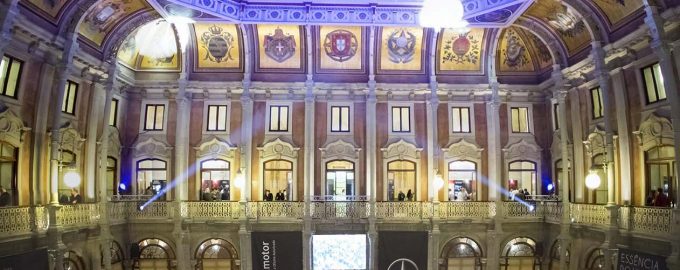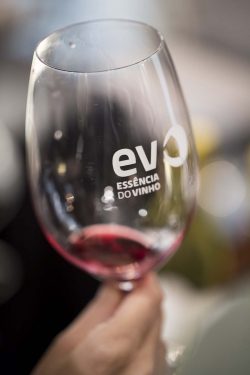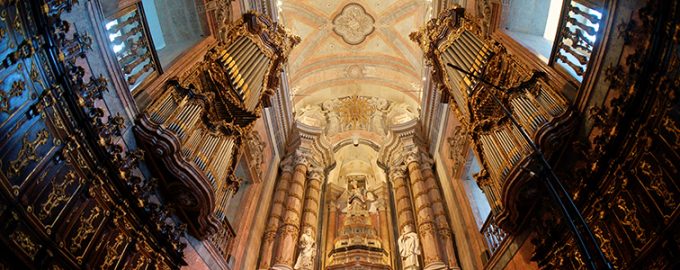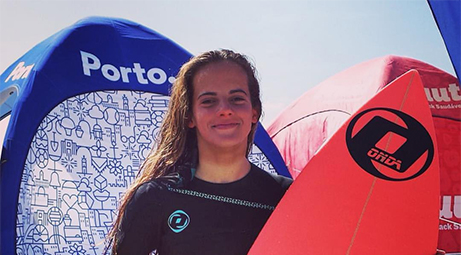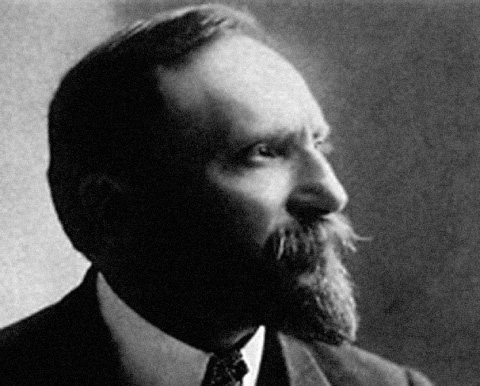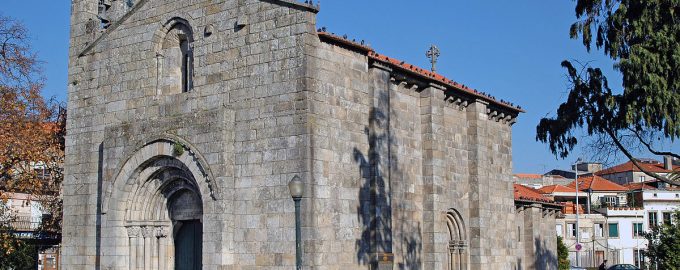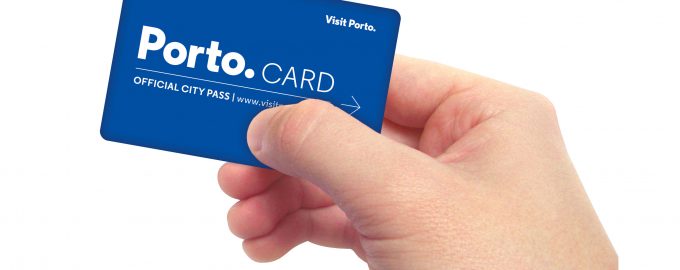Find out why Porto.CARD may be your best buy for 2018!
1 – Attractive price
It is possible to buy the pedestrian Porto.CARD from 6 € and if you opt for the digital version, you only pay 5.70 €. Moreover, is it advantageous to buy a one day card without access to public transport? Here’s an example: on the 1-day cruise ticket on the Douro you get a discount of up to 20%. In fact you save more than € 10.00 on the price of the card.
2 – With or without public transport
Porto.CARD exists with the option of having public transportation or not. This pedestrian version is an excellent option for those who already have a car or want to rent a car, motorcycle, bicycle, etc. Everything is available in Porto.CARD. If so, you can get discounts of up to 57% of SABA car parks.
3 – Unlimited free access to public transport
If you choose to use public transport, in any of the different choices with transportation from € 13, (1, 2, 3 and 4 days), you have unlimited access to all Metro lines without restriction, as well as on the bus lines of STCP and urban CP Trofa-Valongo-Espinho. What you cannot forget is to validate your Andante Tour ticket whenever you change lines and / or transport.
4 – Diversified cultural and tourist attractions
Porto.Card offers you the most current and diversified cultural and tourist attractions: from museums to monuments, tourist circuits (by foot, by car, bicycle, motorcycle, minibus, classic car, boat, sailboat, helicopter, segway, tuk tuk, and rickshaw), there are umpteen ways to get around Porto with generous discounts. Restaurants and shops are among the more than 170 points of interest to discover in Porto.CARD
5 -Ease and convenience when shopping
Did you know that you can buy the Porto.CARD in advance at short.visitporto.travel/portocard, at the Official Tourist Offices or at the Nova Câmbios (New Currency Exchange) office at Porto Airport? You can also buy the Porto.CARD digital at buyportocard.visitporto.travel or on the app (Porto Card – Official City Pass) and start using your card as soon as you arrive at your destination. There are several options for your trip: Metro, STCP buses or the reservation of a transfer with discount from Porto.CARD. Just choose the most convenient option!
5 – Restaurants with a variety of cuisine types
In Porto.CARD you will find restaurants from traditional cuisine to signature cuisine, the latter awarded with a Michelin star. Obviously, the traditional “Francesinha” is present in three specialty restaurants, as well as other types of cuisine. Discounts up to 15%
6 – A world of tourist circuits
Did you know that with the Porto.CARD you get discounts on more than 80 tourist circuits, which include trips to Porto, to the Douro River and Minho? Day or Night Tours? Panoramic bus or cable car? From Gastronomy to literature? Contemporary architecture or the Historic Center? What becomes difficult is the choice. Discounts up to 25%
7-The most authentic way to learn about Port Wine
With Porto.CARD you have the opportunity to tour the 9 Port Wine Cellars, get to know their history and to taste this internationally acclaimed wine. The card offers you one cellar with free entrance and on the remaining cellars your discount can reach 30%, from November to March.
8- Families with children
There are many places to visit with family and to entertain the little ones with discounts of up to 50%. Take the time to relax or have fun with the kids while saving a lot of money.
9-For the romantic tourist
If you are looking for romanticism in Oporto this is the city of choice. With Porto.CARD you have the most romantic places to visit, to enjoy good gastronomy and to shop and surprise those who you most love! Discounts up to 20%
10 – For the youth
Activities for young people are present in Porto.CARD. There are many options for the younger travelers who seek challenges! From surf lessons, Jet Boating, Cannoning, Rafting to jeep trails in the Douro and Gerês national Park.
11- Modalities adapted to different needs
The Porto.CARD exists in 8 modes: 1, 2, 3 and 4 days, with or without transport, which allows you flexibility in choosing the most convenient card. Being the official card of the city offers you security and confidence.
12- Personalized advice at tourist offices
If you choose to buy Porto.CARD at the official tourist offices, you will be personally attended to by attendants who know the city very well and are able to advise the best solutions and options for your enquiry. Be sure to visit us and be pleasantly surprised!

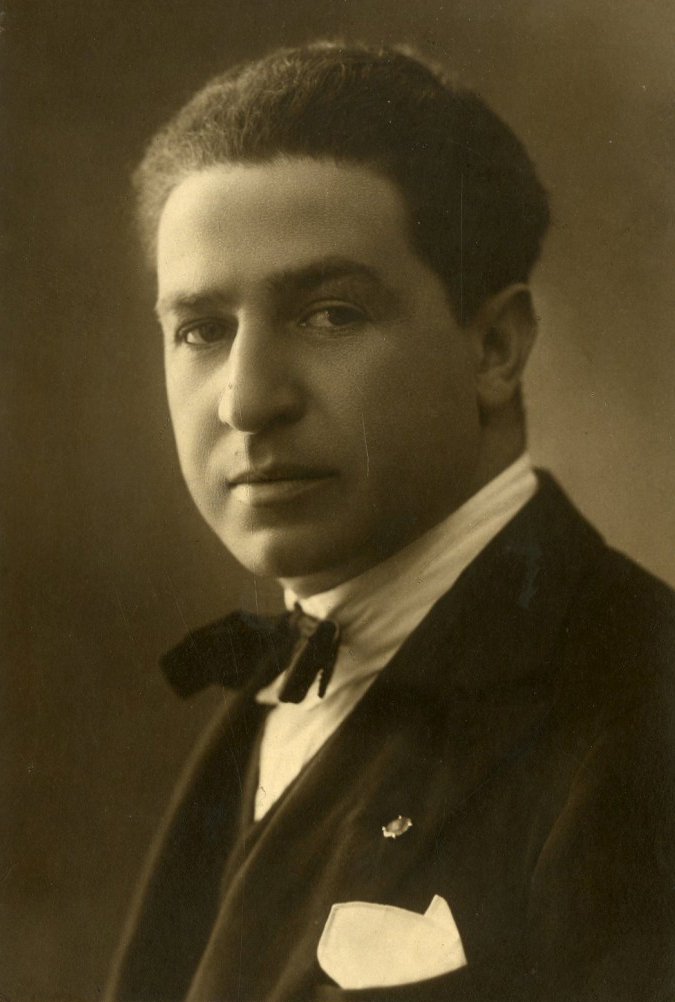
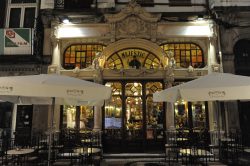
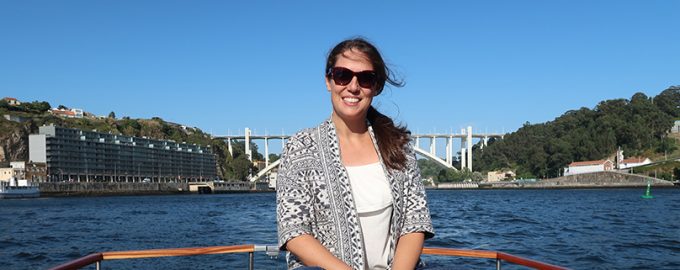
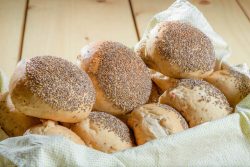
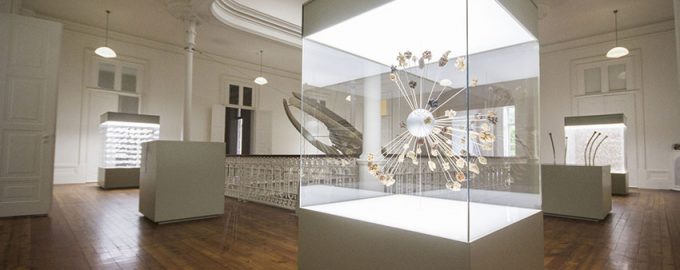
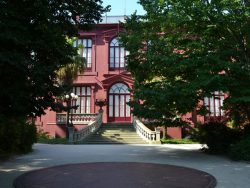
 Information:
Information: